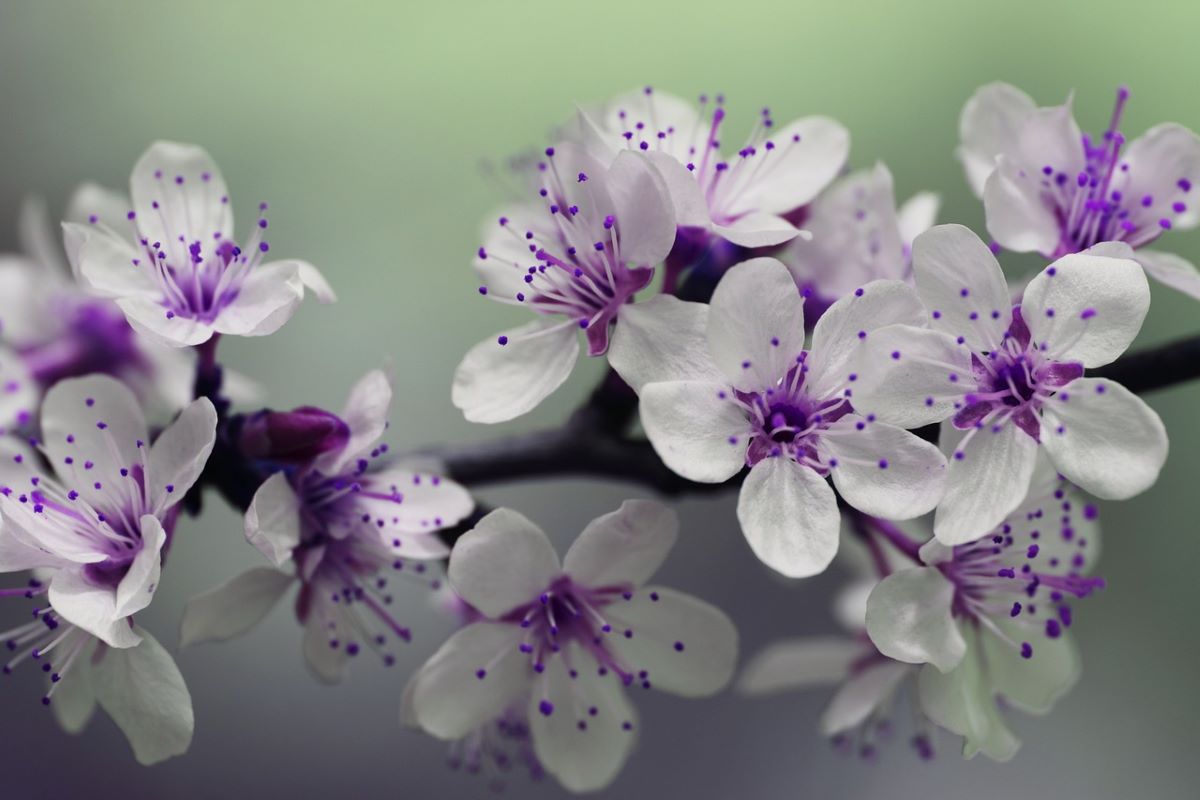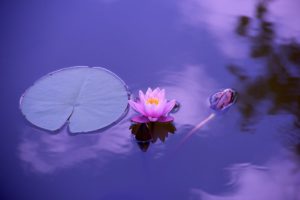
Gardening can be a great way to relieve stress, improve mental health, and beautify your outdoor living space. However, for beginners, it can be daunting to choose the right plants and take care of them properly. In this article, we will explore some of the best plants for beginner gardeners.
Herbs
Herbs are a great starting point for beginners as they are easy to grow and require minimal maintenance. Not only do they add flavour to your meals, but they also have medicinal properties. Some popular herbs for beginners include basil, parsley, thyme, and rosemary. These herbs thrive in well-draining soil and need to be watered regularly. You can grow them in pots or in a small garden bed. Herbs are a versatile addition to your garden and can also be used as natural pool supplies to keep the water clean and fresh.
Succulents

Succulents are a great option for beginners who are short on time or who live in areas with little rainfall. These plants store water in their leaves and stem, making them drought-tolerant and low maintenance. They come in a variety of shapes and sizes and can add texture and interest to your garden. Some popular succulents for beginners include echeveria, jade, and aloe vera.
Tomatoes
Tomatoes tend to be the staple for many gardens and for a good reason. They are easy to grow, produce abundant fruit, and are versatile in the kitchen. Tomatoes require full sun and well-draining soil. They also need to be staked or caged to support their growth.
Peppers
Peppers are another easy-to-grow vegetable that can add flavour and colour to your meals. They come in a variety of heat levels, from sweet bell peppers to spicy jalapenos. Peppers need full sun and well-draining soil. They also need to be watered regularly and fertilised once a month.
Zinnias
Zinnias are a colourful addition to any garden and are easy to grow from seed. They come in a variety of colours and can attract pollinators such as bees and butterflies. Sunlight and well-drained soil are a must to keep them healthy. They also need to be watered regularly and deadheaded to promote more blooms.
Marigolds
Marigolds are another easy-to-grow annual that can add colour to your garden. They are also known for their ability to repel pests such as mosquitoes and aphids. Marigolds also need full sun and good soil. They also need to be deadheaded regularly to promote more blooms.
Hostas
Hostas are a great option for shady areas of your garden. They come in a variety of sizes and colours and can add texture and interest to your space. Hostas need well-draining soil and regular watering. They also benefit from being divided every few years to prevent overcrowding.
Daylilies
Daylilies are low-maintenance perennials that can add colour to your garden from late spring to early fall. They come in a variety of colours and can thrive in a variety of soil types. Daylilies need full sun to part shade and regular watering. They also benefit from being divided every few years to promote more blooms.
Coneflowers
Coneflowers are another low-maintenance perennial that can add colour to your garden from mid-summer to fall. They come in a variety of colours and can attract pollinators such as bees and butterflies. Coneflowers need full sun and healthy soil. They also benefit from being deadheaded regularly to promote growth.
Hydrangeas
Hydrangeas are a popular flowering shrub that can add a splash of colour to your garden. They come in a variety of colours and can thrive in part shade to full sun. They need well-draining soil and regular watering, especially during hot and dry weather. They also benefit from being pruned in the late winter or early spring to promote more blooms.
In addition to choosing the right plants, it’s important to consider the overall design and layout of your garden. Whether you prefer a formal or informal style, there are many different design principles to keep in mind. Some important considerations include the size and shape of your space, the amount of sunlight it receives, and the overall aesthetic you want to achieve.
One popular design element is the use of focal points, such as a statue, water feature, or garden structure. These elements can help to draw the eye and create visual interest in your garden. You can also use different types of plantings to create texture and depth, such as using taller plants in the back of a border and shorter plants in the front.
When it comes to hardscaping elements, using materials like Tuscan toppings can add a rustic and natural feel to your outdoor space. Tuscan toppings are made from crushed terracotta tiles and can be used as decorative mulch around plants or as a pathway material. This type of material is great for adding texture and visual interest to your garden while also being functional and durable.
Another important consideration for beginner gardeners is the maintenance requirements of your plants and landscaping elements. While it’s important to choose plants that are easy to care for, it’s also important to have a plan in place for regular maintenance tasks such as watering, pruning, and fertilising. Consider creating a maintenance schedule to help you stay on top of these tasks and ensure that your garden stays healthy and vibrant.
Finally, don’t be afraid to experiment and try new things in your garden. Gardening is a learning process, and even experienced gardeners make mistakes from time to time. You can learn what works best for your space and your style by trying new plants and design elements.






